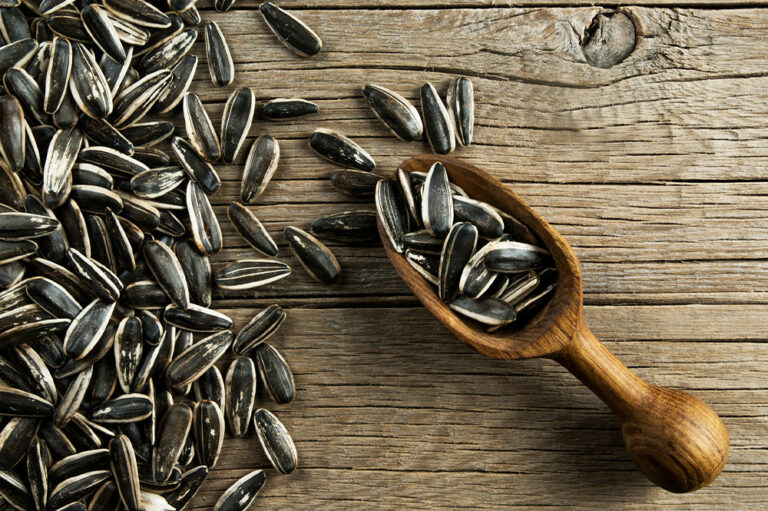
6 common mistakes that may affect sleep quality
Sleep is an integral part of one’s health. Yet, between 50 and 70 million people suffer from sleep or wakefulness disorders, and more than a third of the population reported getting less than 7 to 9 hours of sleep each night, the recommended amount of sleep for healthy adults. Sleep is often overlooked for work, leisure, travel, or other factors. Fortunately, there are ways to improve sleep quality by avoiding these six common sleep mistakes: Not having a consistent bedtime While some people are comfortable with changing sleep schedules daily, most people find adjusting difficult. Setting a consistent bedtime routine can help the body’s internal body clock build a strong sleep-wake cycle, contributing to improved sleep quality as well. Failing to set a bedtime/unwinding routine When assessing sleep physiologically, researchers report a slowing down of brain wave activity, heart rate, breathing, body temperature, and more. Setting an unwinding routine can help reach this stage. To achieve this, you can engage in reading, listen to relaxing music, take a warm shower, or do light stretching. It is also advisable to avoid vigorous exercise just before bed and have a 2-hour gap between your last meal and bedtime. Having a poor sleep environment While sleeping, the environment needs to be conducive to sleep.
Read More 











